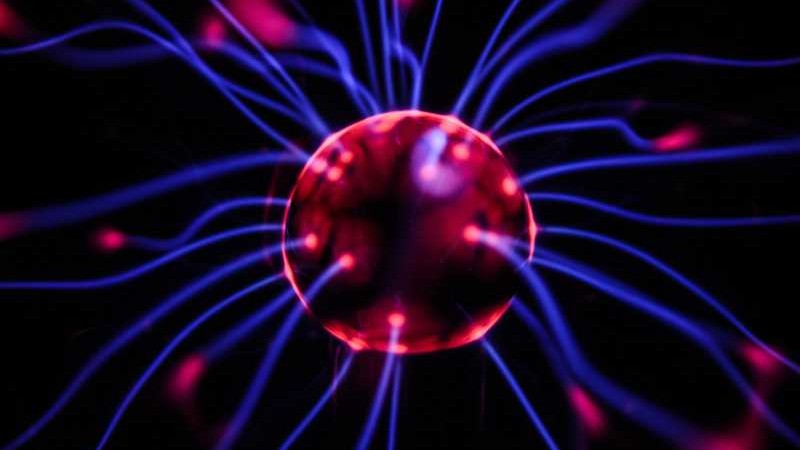The Convertible Layer (Weak Conversion Force)
The Convertible Layer converts particles into elements and is mainly used in chemistry and nuclear physics

The Substance of Conversion 1: High Energy Neutrinos
Section 1

The Strong CP Problem
Section 2b

Substance of Conversion 2: Neutrons
Section 2

Substance of Conversion 3: Acids and Bases
Section 3